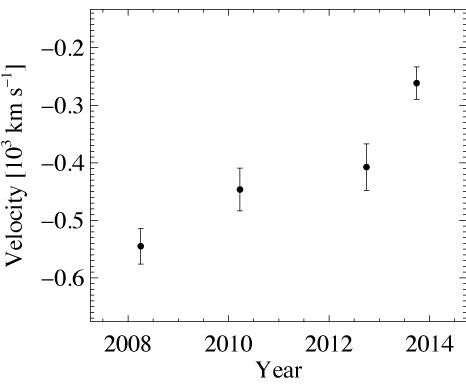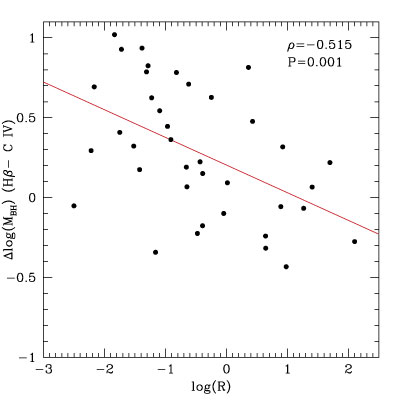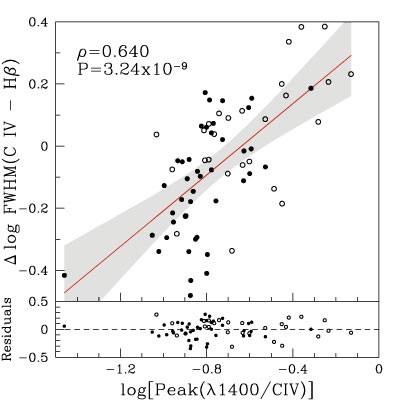Current Research
Quasar outflows
Nearby type 1 AGN are the best resolved laboratories for directly studying quasar outflows at high redshift. With Kayhan Gultekin, I am conducting a survey of the multi-phase propertiesoutflows in nearby Type-1 AGN, primarily using data from Magellan and the NOEMA.
Supermassive black hole binaries
Along with Mike Eracleous, Steinn Sigurdsson, and collaborators, I am conducting a systematic observational search for close, supermassive black hole binaries. We've adopted an approach analogous to single-line spectroscopic binary stars, where we look for radial velocity changes a sample of quasar with offset broad emission lines.
The Time Domain Spectroscopic Survey (TDSS)
I am a core member of the TDSS team. TDSS is an eBOSS subprogram that will provide follow-up spectroscopy for variable quasars. My work in this survey focuses on changing-look quasars and multi-year spectroscopic variability of quasars.





